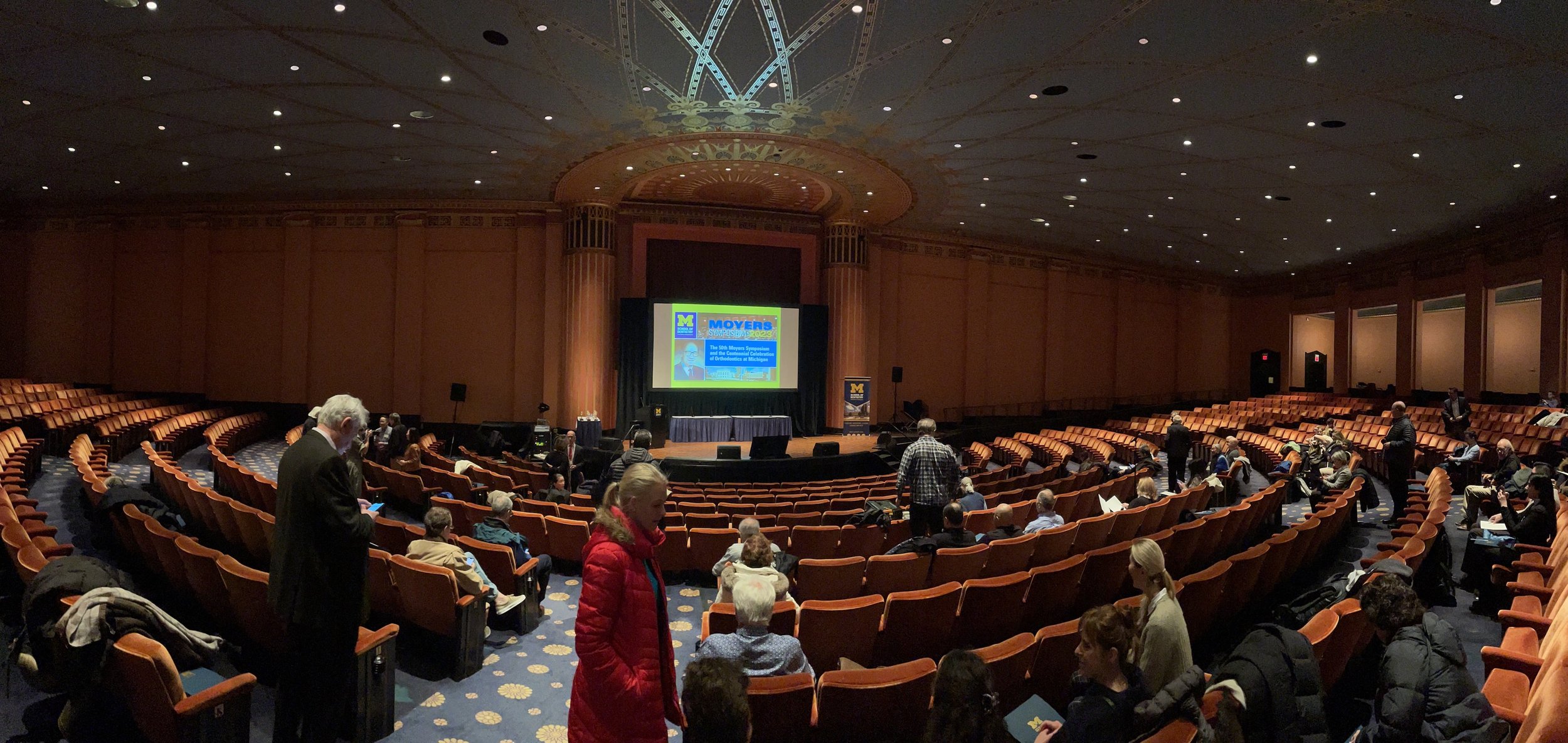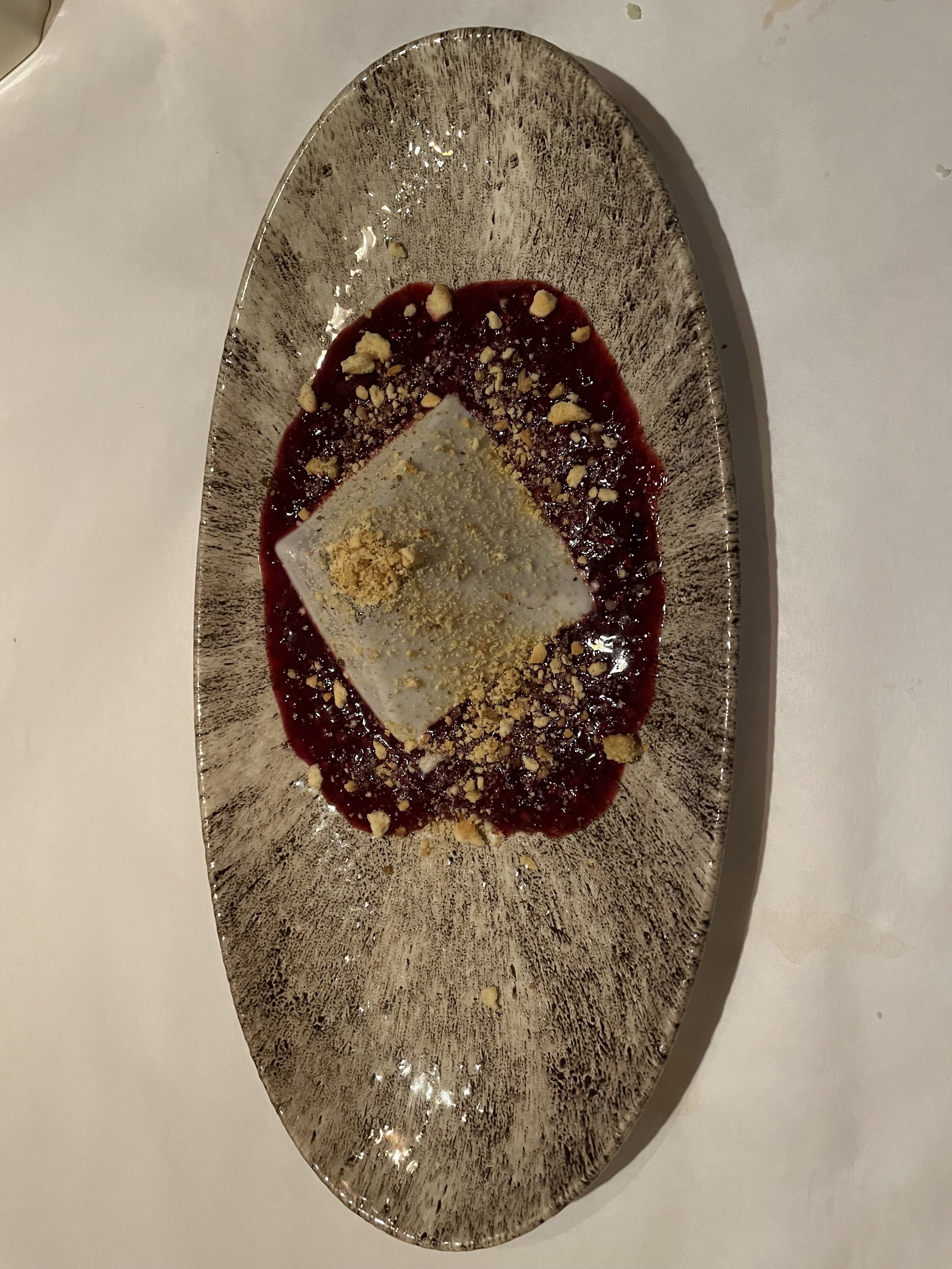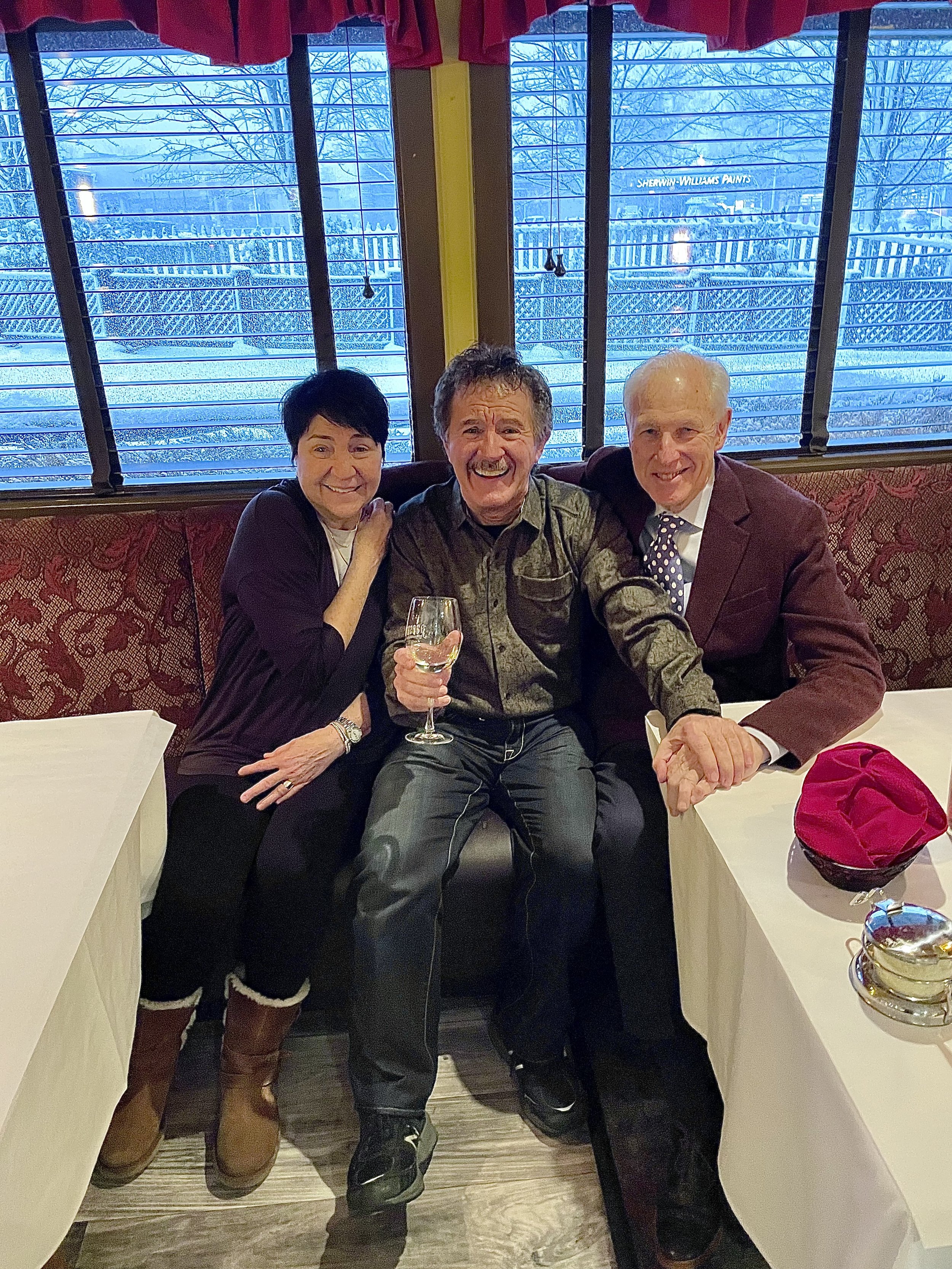Comfort of Spring
After a fairly mild winter, it’s nice to begin putting away snow shovels, blowers, and boots, and… with these 60-degree days… begin preparing for Summer as we work through our Spring cleanup list.
As I remarked in my Easter blog, I like Fall with the changing colors and crispness in the air, but in the back of my mind, I know lake-effect and zero degree temps are on the horizon. I love Spring probably because it is full of expectation and promise of long sunny days with warm temps. The tulips, daffodils, and crocuses pop their green heads above their earthen canvas and each of their flowers burst open as a natural pom-pom cheering on the warmth of lengthening days.
Spring is also a time to find cures for the age-old cabin fever of winter’s quarantine.
In most of us, there is a special place — maybe our parents or grandparents took us there as we grew up — that we still try to make a pilgrimage to every Spring. Listening to patients in the office over the last few weeks, these special places can range from Maine to Florida to Amish country in Ohio. No matter the zip code, each place holds a treasure trove of memories that are built on each year. As the years add on, I personally feel our DNA is added to and even strengthened from the times spent at these places, less hassled and less scheduled.
In my own family, we raised our two boys with trips to grandma’s condo in Cape Coral, Florida. It was a very special time, looking for shells and sea life on Sanibel Island with one of the grandmas (and it lasted for an amazing 30 years). But you know the old saying, “The only thing constant and guaranteed in life is change,” and that goes for family life and special places. The grandmas have passed and the condo sold, but the memories are as rich and heartwarming as if the events happened yesterday. And as with most families, the next generation may need a backup plan or just start new special-place trips that are unique for this generation, as our family’s special Spring place has moved to Orlando visits with the cousins.
Wherever you find it, I hope all of my readers have some special place that comes to mind anytime someone mentions Spring break or Easter getaway; it is truly one of life’s great treasures and definitely worth the effort in planning!
Spring also brings — to those of us in business — annual conferences and educational venues to invigorate and stimulate not only your mind, but your team and business for the coming year.
As a freshman in dental school, I knew I had to enhance my resume beyond academics (and before senior year) to have any chance of getting into orthodontics graduate school. They accepted 5 students out of a pool of 150-200 applicants each year. Thus, my counselor informed me (once he knew of my intent to go on to graduate school) that a well-rounded resume with research experience stood the best chance of acceptance.
That first summer, I began doing research in the Orthodontic Department at Case Western Reserve University and eventually spent all of my summers, up to graduation, between Case and The University of Michigan, U. of M. My jobs included making custom braces for monkeys and rats and moving their teeth in various directions with a plethora of appliances and techniques. All of the appliances had to be cemented in. (Monkeys and rats are not known for good cooperation or following directions. Little did I know at the time, later in life I would find a lot of adolescents who wouldn’t listen either!) It was a truly life-changing experience due, in part, to the fact that the three professors for whom I did research went on to publish many books and started many theories on growth and development of the human skull.
As each of them became Chairmen of their schools’ Orthodontic Departments, this research gave answers and directions of how orthodontic forces could be used to positively or negatively influence the outcome of our facial structures, especially our dentition and smiles. Fifteen years prior to my arrival, these professors would invite the most renowned speakers in the world to come and present their research findings pertaining to head and neck anatomy and the various parts contained within. This meeting was eventually called the Moyers Symposium, after Dr. Robert Moyer, former Chair of the U. of M. ortho department and founding director of Michigan’s Center for Human Growth and Development.
The Moyers Symposium meets the first week of March and this year celebrated its 50-year anniversary with the cream-of-the-crop speakers.
I thoroughly enjoyed this year’s speakers and their absolutely current topics for today’s orthodontist. I was also humbled to be recognized for my 35-year participation acknowledgement from Dr. James McNamara, the director of the symposium, Chairman Emeritus of the U. of M. Orthodontic Department and the first professor with whom I did research work so many years ago! I apologize to all my readers for the long introduction to this symposium, but I felt, in fairness to my readers, a proper explanation was necessary to give a background synopsis of my educational development and how I arrived at my feelings for Spring and the Moyers Symposium.
So let me give you a short summary of what the world’s orthodontic leaders are creatively researching and developing to give you and I a better bite and smile, faster and with less discomfort!
I was very pleased that, for the first time in the symposium’s existence, aligner therapy (clear trays to move teeth) was on the agenda. Finally, in a world of brackets and wires, clear aligner technology was finally being recognized as a serious and viable technique to move teeth! In fact, this year most of the opening-day speakers were dedicated to aligner therapy and whether these clear trays could really do what their advertisements claim they can do.
The research boiled down to the fact that every orthodontic case is not an aligner case. Skeletal cases still need jaw surgery; and the exposure of teeth requires wire attachments to erupt the teeth into position. But these are felt to be only 25-30 percent of ortho cases today. Patient cooperation and compliance in wearing of the trays 20-plus hours-a-day still keeps aligner therapy at 55-65% of most practices in the world today.
Watching some of the world’s premier researchers admit that they have changed their negative view of clear tray technology and actually feel aligners are a far superior treatment modality than conventional braces in many cases, I feel has been long overdue!
The lack of gingivitis and ease of oral hygiene during treatment, along with reduced tooth and bone pressure, speaks volumes to the less pain felt with aligners, along with faster treatment times! All researchers had one big warning… Buyers Beware… not all aligners are created or designed alike. Do not judge on looks and beware of off-the-wall, non-biologically supported claims.
Invisalign® is one of the top three aligners in the world, earning this position by two key words — predictability and reproducibility of results.
The research presented this year on aligners was what those of us using aligners every day with our patients have seen and felt (but without having the manpower to do the research to back it up).
As I’ve pointed out, my educational and professional life has its roots in research and conventional braces. Since 2008 when I started using aligners, there have always been various research projects on them at various universities, but never has the research prominence of Moyers accepted them enough to look into how they do what they do. Personally, it was amazing to see great minds coming together to help produce better aligners and to help us educate our patient population that aligners are here to stay because they can produce that amazing smile our patients may be looking for.
Outside of aligners, let’s look at a couple other topics reviewed at Moyers Symposium…
Dr. Lucia Cevidanes from San Paulo Brazil (and now University of North Carolina) gave a keynote address on how 3-D imaging (digital x-rays) has completely changed the way dentistry and medicine is being done. Last September, we installed our newest I-CAT 3-D machine that is now Apple 10-driven and it is astounding the cysts, tumors, and “lost” teeth that we can find with it. Invisalign has now partnered with software developers to merge images from the I-CAT to diagnosis for a better overall result.
A long-time speaker from Brussels and now the Royal College of England gave a great presentation on how we can grow lower jaws with screws in the bone and springs, for those individuals with large overbites. This was followed up by Dr. Lorenzo Franchi (Dean of Florence, Italy’s School of Dentistry), expounding on the urgency to begin early treatment of under-bites (Jay Leno jaw) and probable need for several stages until puberty ends. (For those who don’t know, the lower jaw grows immensely during puberty.) I must add here, last year’s Moyers Symposium had speakers on the MARA appliance, which is what I have used for the last ten years, and it is within 1-2 mms as good as the screw-in-the-bone technique, absent the needed surgery for installing 4-6 screws! The screw technique also has infection, pain, and screws working themselves out of the bone to deal with.
The advent of 3-D printing versus the old inject molding of aligners has been so tremendous that various speakers (Dr. Moe Masoud from Harvard and Dr. Christian Groth of Michigan included) presented spin off 3-D printing of everything from orthodontic brackets to palatal expanders. I have practiced through the inject mold days of the 90s, with its limitation of detail and lack of marginal strength. Today, 3-D printing can make almost anything, even walls for homes, with intimate detail and strength.
I have to admit, the scariest lecture was given by Dr. Ching Chang Ko whose topic was, “When Artificial Intelligence Meets Digital Orthodontics.”
She holds a Ph.D. in bio-engineering from Taiwan. The orthodontist of today may be getting replaced by white-walled sterile robots, in a line, using computer-generated 3-D printed aligners and/or brackets from a computer-generated treatment plan. Oh my gosh, I hope they take visa!
Overall, it was a tremendous conference and lived up to my Special Spring Professional Getaway Place.
I was revitalized, educated, and the future of Orthodontics looks brighter and less painful than ever before!
And yes, the food was outstanding… Friday night at The Real Seafood Company, the sea food sampler as an appetizer is a meal in itself. But save room for their Tilapia with butter sauce and asparagus spears… just the right amount of crunch and flavor. I hope you still have room, ‘cause their Key Lime Pie is amazing for a northern state (I had visions of Sanibel with every bite).
And Saturday night I had to see Mike and Bridget, owners of Paesanos Restaurante, my go-to place of restaurants in Ann Arbor. Appetizers from Bruschetta Primaverili to Phyllo-wrapped Imported Feta drizzled with wildflower honey and finished with toasted sesame seeds — they are all culinary experiences preparing you for the entrée. Spring specials include Involtini do Costata, ribeye pounded and rolled in fresh herbs and garlic with cherry-fused port reduction. The menu is a culinary journey through various ever-changing regions of Italy. You know, being great Italians, Mike and Bridget have an extensive dessert menu from Signature Tiramisu to Grand Mariner infused Crème Brulee. My favorite is their Pyramid Panna Cotta, so light in texture they have to drizzle it with red raspberry sauce to keep it on the plate. Ok, that might be a smidge of hyperbolization, but when you put it into your mouth, it is truly like a flavored cloud and is the perfect “sweet” ending to a great meal.
One of my culinary “Pfisterisms” — never eat all of your entrée if it means skipping dessert. Go with a take-home box to enjoy your entrée tomorrow. All meals should have a “sweet” ending!
And with that, I would like to end this blog, wishing all of my readers a joyous Spring. Get out and experience the budding and rebirth of nature with a hike in the woods and evening fire. Let that be the “sweet” ending of winter! Bon appétit.
- Dr. Pfister




